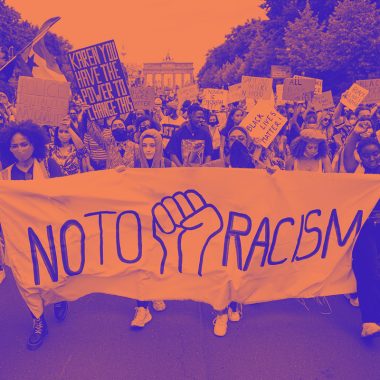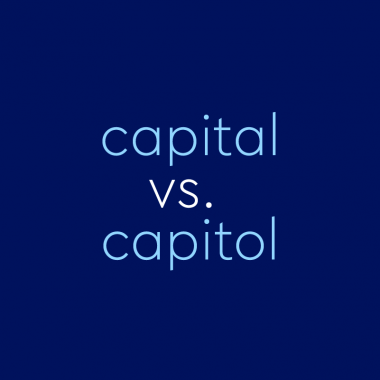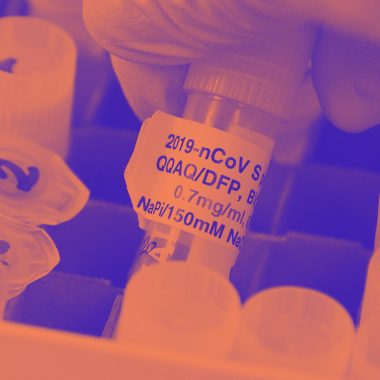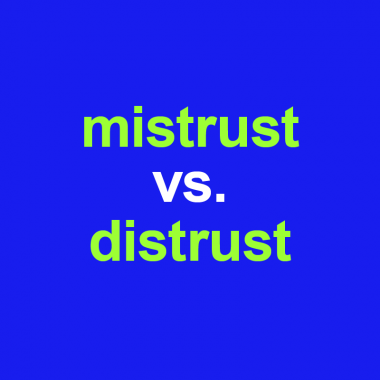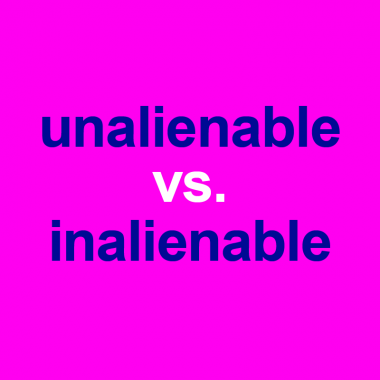Archives
-
A Zoom mom is the “soccer mom” of the 2020 COVID-19 pandemic. Due to stay-at-home orders and social distancing measures, the Zoom mom instead actively used video conferencing programs like Zoom for work, parenting, and…
-
beta
As they say, nice guys—and betas—finish last. Beta is a slang insult for or describing a man who is seen as passive, subservient, weak, and effeminate. -
What Do The Latin Phrases And Symbols On The Dollar Bill Mean?
Whether you call it a buck, a single, a one, or a bill, the linen and cotton-blend currency resting in your wallet at this very moment contains a smorgasbord of images, symbols and Latin phrases—some hidden in plain sight. What do they mean and, once deciphered, can they unlock a series of veiled messages from our forefathers? Where does the word dollar come from? The …
-
Why Do We Use Uppercase And Lowercase Letters?
Learning to write is a major milestone, and your little one will inevitably have some questions about why we do things the way we do during the process. We’re here to help you answer them. For example, a beginning writer might want to know how the letter W developed (why is it called double-U?) and why Q so often needs U. Another question sure to pop up …
-
“Capital” vs. “Capitol”: Do You Know Where You’re Going?
Capital and capitol are both commonly used in political contexts and are separated by just one letter, making them frustratingly easy to confuse. When it comes to these two terms, it’s important to note that one has a number of meanings while the other refers to a certain type of building. What is a capital? Capital has many definitions. It can mean “the wealth owned …
-
craftivism
Craftivism is the act of using craft projects as a form of protest or to advance social causes. The projects involved are most often knitting, crocheting, or other forms of needlework. While the term dates… -
The Most Viewed Emoji On Dictionary.com: Do You Know What They Mean?
July 17 is World Emoji Day, a day to celebrate all of those wonderful smileys and symbols you use to amuse your friends and confuse your grandparents. To celebrate, we’ve rounded up the most popular emoji that our users have been looking up on Dictionary.com since the last World Emoji day. (It was quite a different world then, wasn’t it?) But first, you might be …
-
“Unalienable” vs. “Inalienable”: Is There A Difference?
It’s safe to say that most of us don’t know the entire Declaration of Independence by heart. However, many of us are familiar enough with the document declaring independence from England to know that at one point, it gets into some inalienable rights that all Americans will have. Or was Thomas Jefferson writing about unalienable rights as he was putting quill to paper? Although these …


